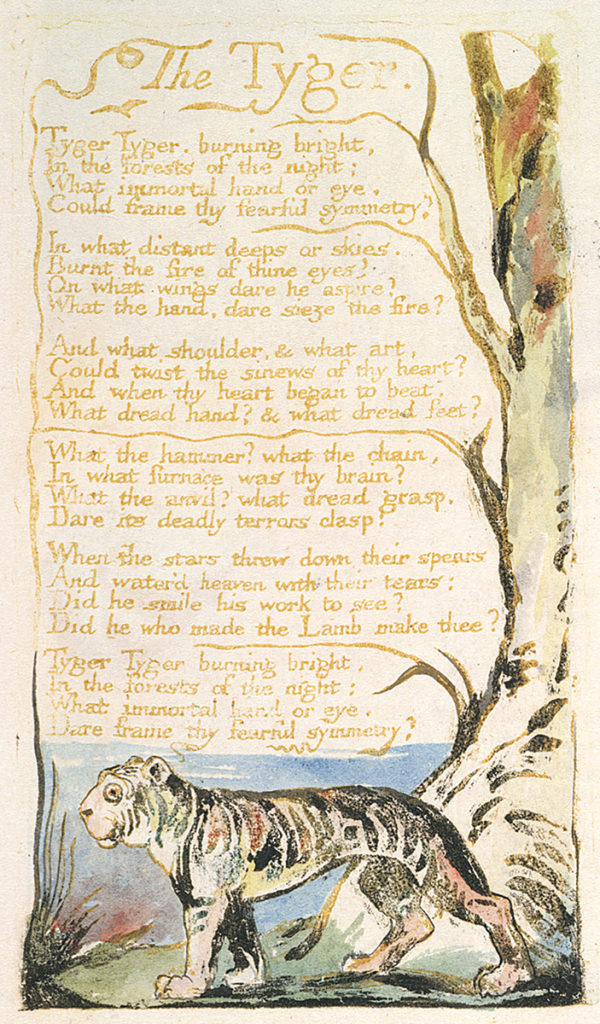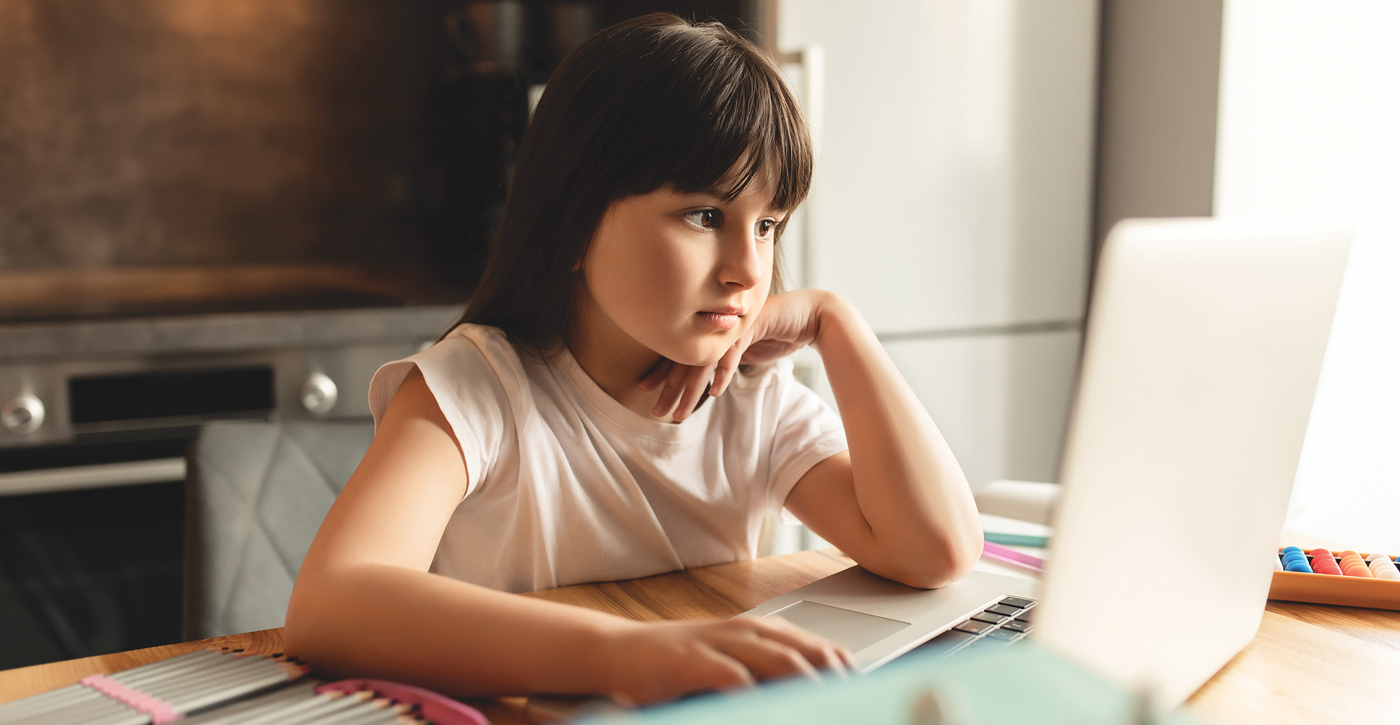I spent an hour and a half recently talking with second graders on Zoom about teeth: from lost tooth traditions all around the world to the difference between incisors and canines. When I told them that their teeth transitions could continue into their 20s (with the appearance of wisdom teeth), they seemed surprised. It was a small reminder that change and growth is a long, slow journey that continues well into adulthood. The children could have talked about teeth for much longer. Their thirst for simple knowledge is not easily quenched. Their curiosity and endurance to play with words and ideas always exceed my expectations.
There certainly is a lot to learn about the world.
The American West was ablaze as we talked; the skies all around us literally darkened. In the midst of a lingering pandemic, unrelenting social and racial unrest, economic instability, climate-fueled disasters, and an election that has been described by many as “the most important in our lifetime,” it might seem frivolous to be talking with children for hours about teeth.
There certainly is a lot to do in the world. But there is nothing more important than giving space for these kinds of child-centered Zoom conversations to take place.
There exists overwhelming evidence that the only way to grow healthy, creative, resilient, thoughtful, and empathetic people is to focus, undeterred, on cultivating children’s social and emotional health and stability.
It is not uncommon to hear adults or teachers wondering how to spend time with children during these difficult days. As engaged citizens, we may choose to act on our conflicting feelings and concerns in any number of ways. Charged with the care and education of young children, though, what is our job? Who will these future grownups of the world be, and what do they need now to become the people that we so desperately need?
If we think we have no time to waste, that we have been complicit in our apathy, then it could certainly be tempting to politicize our classrooms for change. Whatever one’s deeply held beliefs, hopes, or fears are, there is a growing sense that we must engage our youth in the currency of change, put them to action, silence the bad, and let each good voice be heard. I see well-meaning educators and parents struggling to walk this line all the time. They too seem to be frustrated, stuck, and stagnant but also often compelled to act. Should we move children to act before they learn to listen and understand? Don’t just stand there; do something!
Maybe though, our mistake is that we set our sights on hurrying them along to grow up. What we need to do is let them grow. And that, no matter what, is a slow process that deserves space. It is different for everyone. It’s better to follow the guidance of those pesky Quakers: don’t just do something; stand there!
School children are not almost voters. We need to think about where they are. We seem to be drawing them into our politics, cultivating their “inner activists” in the hopes that they will do what we haven’t been able to do. After a summer of uncertainties and upheavals, I continue to wonder what all the instability and anxiety might be doing to the souls of young learners. Adults should be showing them a clearer way.
When I was young, I spent every afternoon after school watching Mister Rogers’ Neighborhood, drawn in by the host’s warmth and sympathy—by his “love bombs.” When he said over and over again, “You are special,” I knew he meant that specialness was something we all had in common. I was special, just like everyone else! I was being invited to join that amazing imaginative world of children and caring people. His puppets were perfect emblems of childlike simplicity. In Mister Rogers’ Neighborhood things as routine as getting a haircut became momentous and even sacred. Every afternoon he would uplift what each small child needs and deserves: acts of kindness, love, and inclusion.

Plate printed by English poet William Blake, collected in Songs of Innocence and of Experience,
designed after 1789 and printed around 1794.
Courtesy of the William Blake Archive.
What are children watching today, and what might they be thinking or thinking of doing, as the media bombards them daily with images of fear and aggression?
As a child of a school teacher and a literary scholar, I grew up in a home where the hallways were filled with recitation and poetry. “The Tyger” by William Blake, and his images from Songs of Innocence and of Experience were sophisticated and complex, yet still nourished my siblings and me when we were young. These poems and images are imprinted on my mind, and I can recite many of these to this day. Vivian Paley, a well-known early childhood writer, advocate, and teacher, was my own kindergarten teacher. My experience under her spell in her classroom, with the power of story everywhere, became for me a habit of my consciousness. Subsequently, as a kindergarten teacher myself, I became devoted to making time for six-year-olds to tell their stories, acting out among each other their daily dilemmas through tales and metaphor. I felt that this commitment of time to imagination and story was itself a moral and political act. Imagining, thinking, and choosing: these are essential mental exercises that help develop a strong, patient mind.
I have worked in a Quaker school for some time, and the ideals we pursue resonate now: simplicity, truth, stewardship, and integrity bring me back again to recognize that to nurture the life of a child requires that we honor the simple emotional necessities that small acts play in their lives. However, lately I’ve been noticing that we are all less and less surrounded by imaginary worlds and more and more driven to think in terms of moral certitudes.
Educators recognize the tremendous responsibility we have to growing a generation and a culture with habits firmly rooted in goodness. Recent generations have focused on the importance of creativity. There is ample evidence that we got creativity right (just look at the latest art, scientific advancements, and technologies), but we are often forcing young learners into a stovepipe of moral certitude, at best, and at worst, a moral vacuum. Good ideas require thinkers to open minds—not close them—and to marry creativity with purpose, self-worth, and loving connection to something greater than any one of us. Saving the world requires that we have the courage to think differently.
Building that capacity is only possible if we allow children to slow-cook ideas and experience humanity as it unfolds. We want them to make sense of their world, not for them to adopt the sense we want them to make of it.
There exists overwhelming evidence that the only way to grow healthy, creative, resilient, thoughtful, and empathetic people is to focus, undeterred, on cultivating children’s social and emotional health and stability. We need to deepen their relationships with others and leave time for curiosity, joy, and imagination. Stress—and worse yet, trauma—impacts the brain and body in ways that can have long-term damaging effects on learning and development.
Only a deep initial investment in the truth of childhood innocence can protect a person from the difficult lessons that experience will bring. Their time will come to make their impact on the world, and those foundations in self-awareness and curiosity will be key in their ability to rise up to the occasion with courage.
This truth is why caregivers and educators have my full and unabashed permission to allow for an hour-long dialogical conversation with seven-year-olds about teeth—or any subject that meets them where they are—and view it as a step in the right direction of changing the world for the better. Children’s interests must not be seen as distractions from the “real” life of experience and conviction. They are and have always been the foundation of our morals, politics, and ethics.




Comments on Friendsjournal.org may be used in the Forum of the print magazine and may be edited for length and clarity.